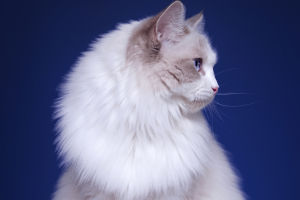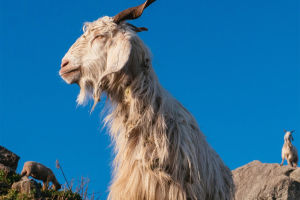Egret
There are 13 species of birds in the Egret genus, including the Great egret, the middle egret, the little egret, and the yellow-billed egret. All four egrets are white herons of medium size (45-90 cm).
1. Great Egret. Inhabit in lakes, reservoirs, river flats, swamps, and other wetlands. Multiple single activities. Fish, shrimp, frogs, snails, insects, and other aquatic animals for food.
The breeding period is from March to July, nest with dead branches, hay, cushion with weeds and leaves, each brood lays 3~4 eggs, male and female birds together brood.
2. Middle egret. They live in open river valleys, lakes, reservoirs, swamps, and paddy fields. They often form groups or mix with other herons to forage for small fish, shrimp, frogs, and insects in field DAMS, river shoals, and swamps.
During the breeding season, herons often mix with other herons and nest in large trees on the edge of residential areas and farmland. Each litter usually lays 4 eggs.
3. Little egret. They inhabit rice fields, swamps, ponds, and mangroves in coastal shoals. Often curl one foot under the abdomen, with only one-foot independent. Foraging during the day, good food is small fish, frogs, shrimp, and insects. The breeding period is from March to July.
4. Yellow-billed egrets. A medium-sized wading bird. Its posture is very elegant. The body is slender and slender, with a long mouth, neck, and feet. The body is light and conducive to flying.
Egrets inhabit coastal islands, coasts, bays, estuaries and rivers, lakes, ponds, streams, rice paddies, and swamps near their coasts.
Small groups can be seen alone, in pairs, or integrated, and occasionally in large groups of dozens of individuals. During the day, they fly to the streams, rivers, salt pans, and paddy fields near the coast for activities and foraging.
Egrets often stand on one leg. The idea is to reduce heat loss. Feathers help it keep its body warm. But it has no hair on its legs, feet, or beak, and it easily loses heat from its body. To reduce heat loss, one foot is often raised and hidden under a feather when resting.
That's why birds sometimes bend their necks back and bury their beaks in their feathers. Because it also helps prevent heat loss.
Egrets and buffalo are often seen together in the wild. It's a complementary behavior in nature. One walks on the earth and the other flies in the sky. They are biologically related.
Because of the environment, buffalo smell attracts insects. The egrets join the buffalo for food. Buffalo graze and egrets forage. Let the buffalo rest at ease.
The temperature is cool in the morning and evening, and there is much dew at night. Buffalo likes to eat dewy grass, and most of the dewy grass is starting to ripen.
After the buffalo had grazed the grass, there were disturbed ants, earthworms, grasshoppers, and a great deal of ripe grass seed on the ground. These are the kinds of foods that egrets normally like to eat. This is the nature of animals among each other to survive the law.


